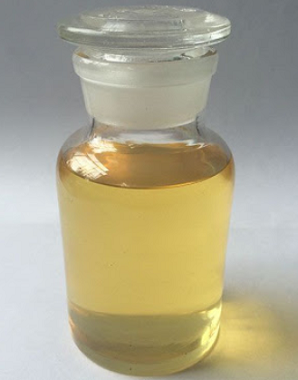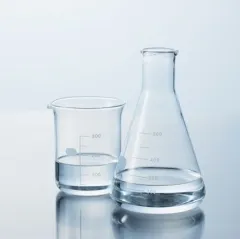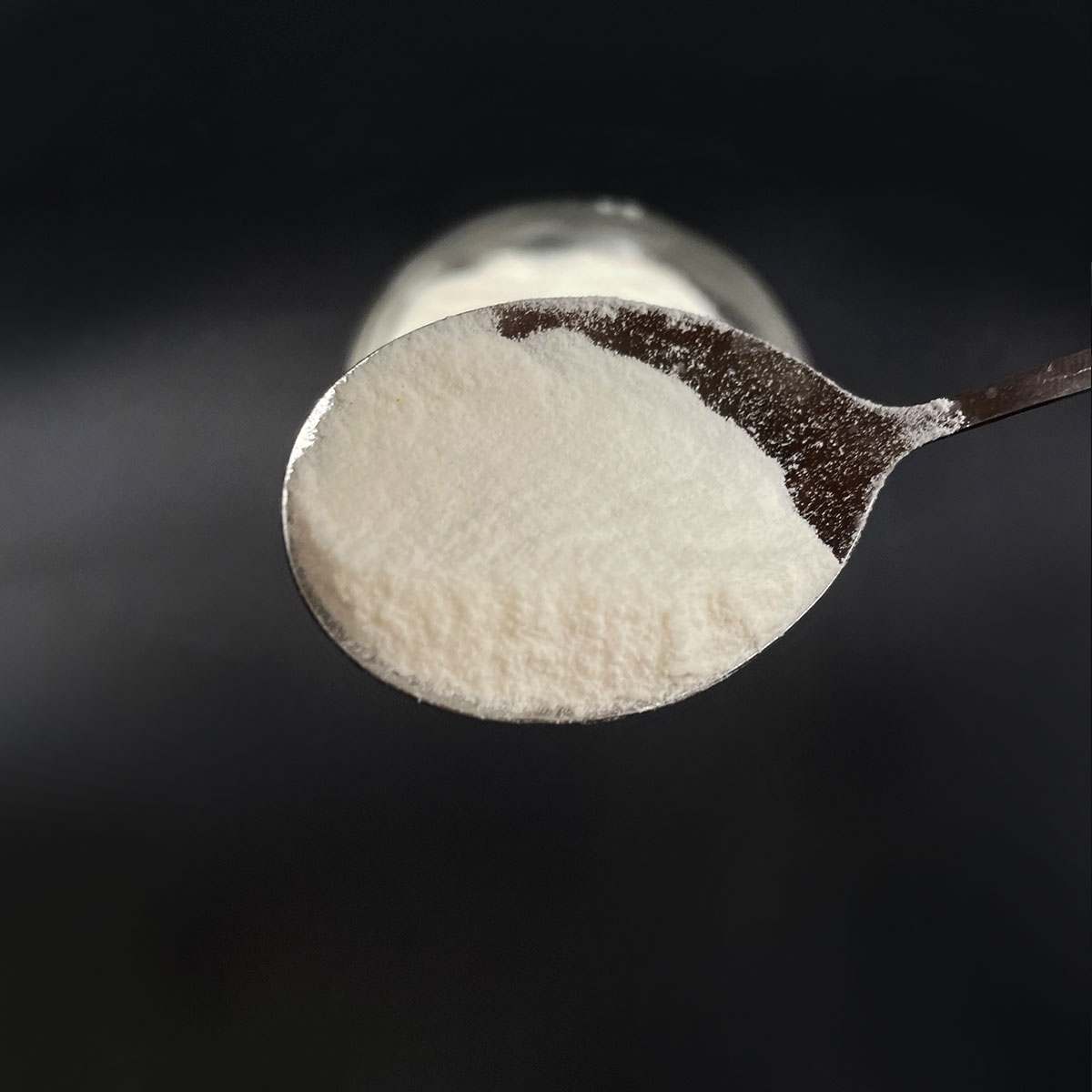Overview of Nonionic Surfactants Alcohols, C10-12, Ethoxylated Propoxylated CAS 68154-97-2
Nonionic surfactants are a class of surface-active agents that do not carry an electrical charge in aqueous solutions, distinguishing them from ionic surfactants like cationics and anionics. They are composed of a hydrophilic (water-loving) head group and a hydrophobic (oil-loving) tail, which allows them to reduce surface tension between fluids and facilitate interactions between substances that are normally immiscible. Their neutrality makes them stable over a wide pH range and compatible with other types of surfactants, making them highly versatile in numerous applications.
Features of Nonionic Surfactants Alcohols, C10-12, Ethoxylated Propoxylated CAS 68154-97-2
-
Neutral Charge: Lack of charge leads to compatibility with both anionic and cationic substances, reducing the risk of precipitation or instability in formulations.
-
Wide pH Stability: Function effectively across a broad pH range, making them suitable for diverse chemical environments.
-
Solubility: Readily soluble in both water and organic solvents, enhancing their utility in cleaning, emulsification, and dispersion processes.
-
Low Foam Profile: Many nonionic surfactants generate less foam compared to their ionic counterparts, beneficial in applications where excessive foam is undesirable.
-
Wetting and Spreading: Excellent at reducing surface tension, promoting wetting and spreading of liquids on surfaces, improving cleaning and coating processes.
-
Emulsification: Efficiently stabilize oil-in-water or water-in-oil emulsions, depending on their structure, which is crucial in formulations like cosmetics, agrochemicals, and food products.

(Nonionic Surfactants Alcohols, C10-12, Ethoxylated Propoxylated CAS 68154-97-2)
Specification of Nonionic Surfactants Alcohols, C10-12, Ethoxylated Propoxylated CAS 68154-97-2
Nonionic Surfactants Alcohols, C10-12, Ethoxylated Propoxylated (CAS 68154-97-2) serve as versatile ingredients in industrial and household applications. The product combines ethoxylation and propoxylation processes to modify C10-12 fatty alcohols. This modification enhances compatibility with both water and oil-based systems. The surfactant exhibits balanced hydrophilic-lipophilic properties. It works effectively in formulations requiring emulsification, wetting, or dispersion.
The chemical appears as a clear to slightly hazy liquid. Its color ranges from colorless to pale yellow. The material remains stable under normal storage conditions. It dissolves readily in water and most polar solvents. The surfactant shows low volatility. It resists hydrolysis in acidic or alkaline environments. The pH of a 1% aqueous solution typically falls between 5.0 and 7.0. The cloud point varies based on ethylene oxide and propylene oxide ratios.
This surfactant suits multiple industrial uses. It functions in cleaning products like detergents and degreasers. The material aids in removing grease and dirt from hard surfaces. It acts as an emulsifier in agricultural chemicals and textile processing. The product helps stabilize oil-water mixtures in metalworking fluids. It enhances foam control in coatings and adhesives. Personal care products utilize it for mildness and skin compatibility.
Handling requires standard safety precautions. Use protective gloves and eye protection during transfer. Avoid direct skin contact and inhalation of vapors. Store the product in sealed containers away from heat sources. Keep it in a cool, dry area with proper ventilation. Monitor storage temperatures between 10°C and 40°C.
The surfactant meets industry standards for biodegradability. Its low toxicity profile makes it environmentally preferable. Manufacturers value its stability in concentrated formulations. It maintains performance across varied water hardness levels. Compatibility with other nonionic and anionic surfactants allows flexible formulation. The product’s HLB value can be adjusted through ethoxylation-propoxylation ratios. This adaptability supports customized applications.
Typical specifications include a hydroxyl value of 80-120 mg KOH/g. The moisture content stays below 0.5% by weight. Residual ethylene oxide and propylene oxide levels comply with safety regulations. Viscosity measurements range from 100 to 400 mPa·s at 25°C.

(Nonionic Surfactants Alcohols, C10-12, Ethoxylated Propoxylated CAS 68154-97-2)
Applications of Nonionic Surfactants Alcohols, C10-12, Ethoxylated Propoxylated CAS 68154-97-2
Nonionic surfactants alcohols, C10-12, ethoxylated propoxylated (CAS 68154-97-2) serve many roles across industries. This compound combines ethoxylation and propoxylation processes. The result is a versatile surfactant with balanced hydrophilic-lipophilic properties. It works well in formulations requiring stability under different conditions.
Household cleaning products use this surfactant. It helps break down grease and dirt. The molecules attach to oil and water. This action lifts stains from surfaces. It performs effectively in hard water. Detergents with this ingredient maintain cleaning power without excessive foaming.
Personal care products rely on it too. Shampoos and body washes benefit from its mildness. It creates a smooth lather without irritating skin. The surfactant’s structure allows compatibility with other ingredients. It stabilizes emulsions in lotions and creams. This ensures even texture and long shelf life.
Industrial applications include agrochemicals and coatings. In pesticides, it acts as a wetting agent. Spray solutions spread evenly on plant surfaces. This improves pesticide adhesion and absorption. The surfactant also aids in dispersing active ingredients. It prevents clumping in liquid formulations.
Textile manufacturing uses it for fiber processing. It reduces surface tension during dyeing. Colors penetrate fabrics uniformly. The surfactant assists in removing oils from raw materials. This prepares fibers for subsequent treatments.
Oil recovery systems apply it to enhance efficiency. It reduces interfacial tension between oil and water. This helps mobilize trapped oil in reservoirs. The surfactant’s thermal stability suits high-temperature environments.
Environmental factors matter. The product degrades more easily than some alternatives. Regulatory standards often approve it for controlled use. Safety profiles meet requirements for consumer and industrial goods.
Handling requires standard protective measures. Proper storage prevents degradation. Manufacturers prioritize consistent quality for reliable performance. Compatibility testing ensures it works in mixed formulations.
This surfactant adapts to diverse pH levels. It remains effective in acidic or alkaline solutions. Its nonionic nature avoids interactions with charged particles. This makes it suitable for complex chemical systems.
Research continues to explore new applications. Current uses highlight its flexibility. Industries value it for improving product performance and cost efficiency.
Company Profile
SurfactantChina is a trusted global chemical material supplier & manufacturer with over 12-year-experience in providing super high-quality surfactant and relative products.
The company has a professional technical department and Quality Supervision Department, a well-equipped laboratory, and equipped with advanced testing equipment and after-sales customer service center.
If you are looking for high-quality surfactant and relative products, please feel free to contact us or click on the needed products to send an inquiry.
Payment Methods
L/C, T/T, Western Union, Paypal, Credit Card etc.
Shipment
It could be shipped by sea, by air, or by reveal ASAP as soon as repayment receipt.
5 FAQs of Nonionic Surfactants Alcohols, C10-12, Ethoxylated Propoxylated CAS 68154-97-2
Nonionic Surfactants Alcohols C10-12 Ethoxylated Propoxylated CAS 68154-97-2 are chemical compounds used in many industries. Below are answers to common questions.
What is this surfactant?
This surfactant is a nonionic type made from C10-12 alcohols. These alcohols undergo ethoxylation and propoxylation. The process adds ethylene oxide and propylene oxide chains. The result is a versatile surfactant with balanced hydrophilic-lipophilic properties. It appears as a clear liquid or paste. It dissolves well in water. It produces low foam.
Where is it used?
It is common in household and industrial cleaners. It works in detergents, degreasers, and emulsifiers. It helps mix oil and water in agrochemicals. It acts as a wetting agent in textile processing. It stabilizes formulations in personal care products like shampoos.
Is it safe to handle?
Use protective gear like gloves and goggles. Avoid skin contact. Do not breathe in vapors. Follow safety guidelines from the supplier. No specific toxicity data is widely reported. Proper handling minimizes risks.
How does it differ from other surfactants?
Nonionic surfactants lack charge. This makes them less sensitive to water hardness. They perform better in acidic or alkaline conditions. Ethoxylation increases water solubility. Propoxylation adds oil compatibility. This combination offers stability in extreme temperatures. It creates lower foam than ionic surfactants. This suits high-pressure or rinse-off applications.
How should it be stored?
Keep containers tightly sealed. Store in a cool dry place away from sunlight. Avoid exposure to moisture or high heat. Check expiration dates. Proper storage extends shelf life.

(Nonionic Surfactants Alcohols, C10-12, Ethoxylated Propoxylated CAS 68154-97-2)






